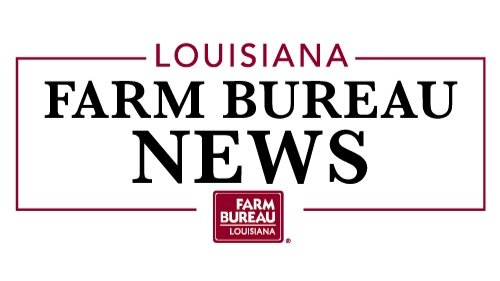SBA - Payroll Protection Program (PPP) – Primary Residence - H-2A Worker Payroll Update
By Brian Breaux, Andy Brown & Ron Harrell
La. Farm Bureau Federation Commodity Department
Last week, we shared an American Hort interpretation of IRS - Primary Residence test that stated that for workers with two residences, ordinarily the address where the worker resides for over 6 months (180 days or more) would be considered the primary residence.
However, there are several other questions in the IRS – Primary Residence test, some that may not be favorable toward establishing an H-2A workers - U.S. address as their primary residence such as where does the worker’s family reside? As a result, many Louisiana bankers do not feel H-2A workers meet the primary residence test and are not including H-2A wages in average wages to calculate the PPP loan amount.
The additional PPP funds will run out soon, so if you have not yet submitted, please review the selected language from the PPP Interim Final Rule of what qualifies and submit your PPP loan application soon.
f. What qualifies as ‘‘payroll costs?’’ Payroll costs consist of compensation to employees (whose principal place of residence is the United States) in the form of salary, wages, commissions, or similar compensation; cash tips or the equivalent (based on employer records of past tips or, in the absence of such records, a reasonable, good-faith employer estimate of such tips); payment for vacation, parental, family, medical, or sick leave; allowance for separation or dismissal; payment for the provision of employee benefits consisting of group health care coverage, including insurance premiums, and retirement; payment of state and local taxes assessed on compensation of employees; and for an independent contractor or sole proprietor, wages, commissions, income, or net earnings from self-employment, or similar compensation.
g. Is there anything that is expressly excluded from the definition of payroll costs?
Yes. The Act expressly excludes the following: Any compensation of an employee whose principal place of residence is outside of the United States;
ii. The compensation of an individual employee in excess of an annual salary of $100,000, prorated as necessary;
h. Do independent contractors count as employees for purposes of PPP loan calculations? No, independent contractors have the ability to apply for a PPP loan on their own so they do not count for purposes of a borrower’s PPP loan calculation.
Payroll Protection Program – Alternative Base Period for calculating PPP loan amount
Previously, PPP seasonal employer applicants were limited to calculate their maximum loan amount by using their monthly average payments for payroll during the 12-week period beginning February 15, 2019, or at the election of the borrower, March 1, 2019, and ending June 30, 2019.
The limitation on the weeks allowed left those with a greater late season payroll at a disadvantage in applying for the PPP. The recent Interim Final Rule addresses this disparity by providing a seasonal employer the option of using any consecutive 12-week period between May 1, 2019 and September 15, 2019 for determining its maximum PPP loan amount.
SBA – Economic Injury Disaster Loans (EIDL) now available for agriculture
For the first time in 30 years, agriculture is eligible for the Economic Injury Disaster Loan (EIDL) Program. On May 4, 2020, the SBA opened the application portal exclusively for agricultural business applications.
According to the SBA, agricultural businesses that submitted an EIDL application through the streamlined application portal prior to the legislative change will be processed without the need for re-applying and applicants will be processed on a first-come, first-served basis.
Agricultural businesses include those businesses engaged in the production of food and fiber, ranching, and raising of livestock, aquaculture, and all other farming and agricultural related industries (as defined by section 18(b) of the Small Business Act (15 U.S.C. 647(b)).
SBA is encouraging all eligible agricultural businesses with 500 or fewer employees wishing to apply to begin preparing their business financial information needed for their application.
The SBA will determine your loan amount based on your working capital needs. Collateral is needed for loans over $25,000 and interest rates are 3.75%. Agriculture is also eligible for up to a $10,000 loan advance that does not have to be repaid. The amount of the advance is based on your number of employees and your advance is subtracted from your PPP loan forgiveness. The good news is that even though you have credit available at a bank, the SBA has issued a waiver and you are eligible to apply for the EIDL Program.
